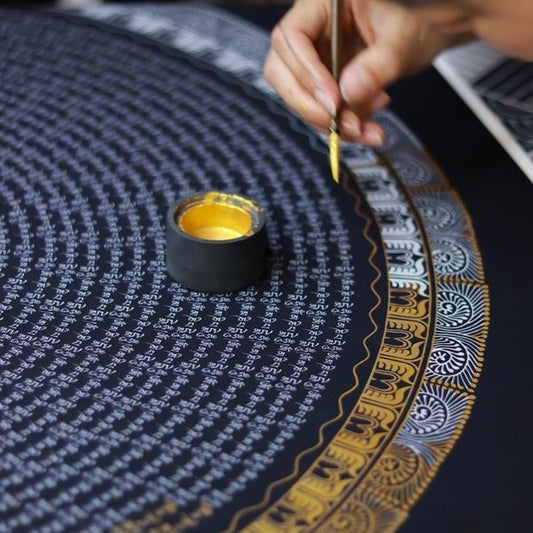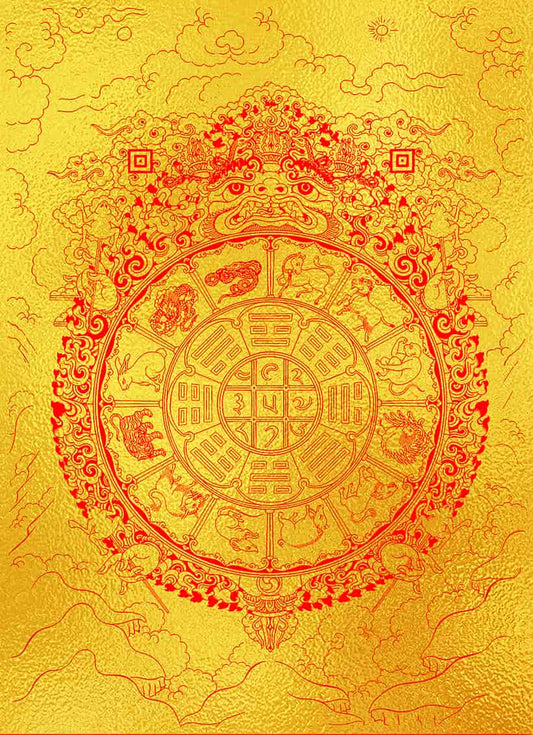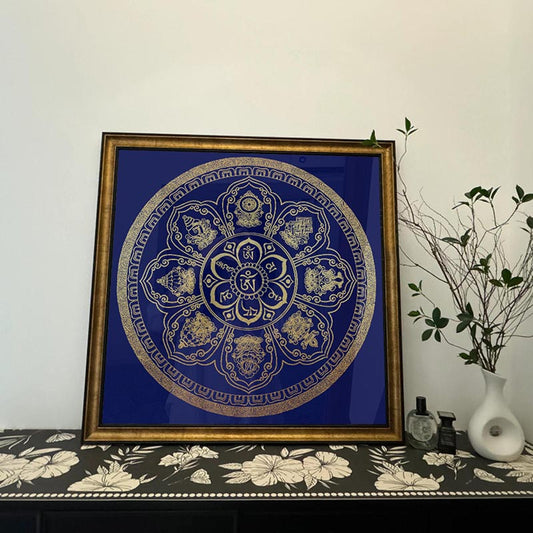Tibetan Crystal Singing Bowls Echoes of Serenity in Sound and Craft
Tibetan Crystal Singing Bowls Echoes of Serenity in Sound and Craft
There's a certain poetic mystery to the sound of a Tibetan crystal singing bowl that seems to linger within the folds of silence itself. Though it may be easy to attribute the allure of these bowls to their shimmer and sound, their beauty is woven from strands of culture, spirituality, and exquisite craftsmanship that are as complex as the Himalayan landscape where they originate.
My fondness for these singing bowls began where many other journeys start: in a small, bustling market in Lhasa. It was winter, just a whisper away from the New Year, and the air was filled with festive anticipation. Among the colorful stalls, a fine layer of snow dusted the intricate mandalas spilled across the market’s numerous textiles. I remember the crisp, clear resonance from a single strike on a crystal singing bowl—a moment that seemed to crystallize time itself.
Tibetan singing bowls, often crafted from a variety of metals, are renowned for their capacity to produce ethereal tones that aid meditation and healing. But what sets crystal singing bowls apart is their composition of quartz crystal, which imbues them with an entirely different energy and sound. The crystal’s purity, forged by the earth over centuries, invites a deeper exploration of its mystical potential.
The art of making these bowls involves a blend of ancient traditions and modern techniques, a juxtaposition that appeals to both the spiritual seeker and the artisan. Like the creation of a thangka, the making of a crystal singing bowl is more than a technical endeavor; it's an act of devotion. Every bowl is meticulously shaped and tuned until it sings with clarity. This process is reminiscent of the dedication required in thangka painting—the careful grinding of minerals into pigments, the precise strokes of the brush, and the contemplative presence of the artist.
There’s a cultural thread here that’s worth tugging a little further. Both thangka art and crystal singing bowls draw from an ancestral wisdom that underscores Tibetan spiritual practice: the belief in the transformative power of sound and vision. Just as thangkas serve as visual aids in meditation, guiding practitioners through vivid landscapes of deities and symbols, crystal bowls provide an auditory space for inner exploration. Together, they form a tapestry of sensory experiences that transcend mere aesthetic enjoyment.
Tibetan crystal singing bowls often find their way into modern wellness practices, from yoga studios to sound therapy sessions in the West. This cultural embrace raises intriguing questions about the intersections between tradition and adoption, authenticity and adaptation. In what ways do these ancient tools maintain their integrity within new contexts? And how can they bridge the gap between cultures? These questions linger like the soft vibrato of a well-struck bowl, encouraging us to listen more deeply.
In a world that grows increasingly frenetic, the gentle tones of a crystal singing bowl offer not just relaxation, but a return to the self—a reminder that serenity is as close as the next resonant breath. So, whether in a humble home meditation space or on an expansive journey across continents, these bowls invite us to pause, listen, and appreciate the rich tapestry of Tibetan culture, one harmonious note at a time.





